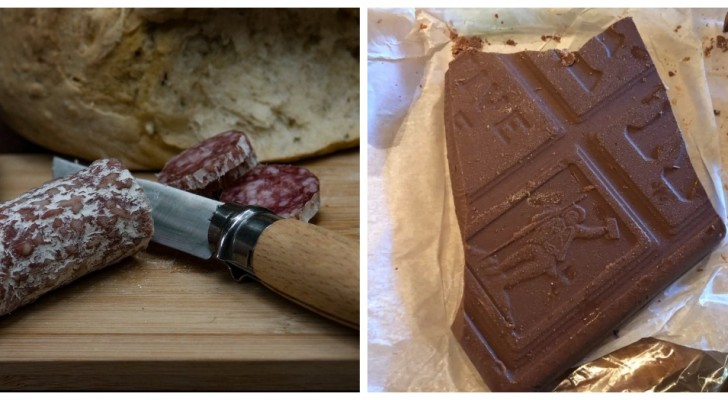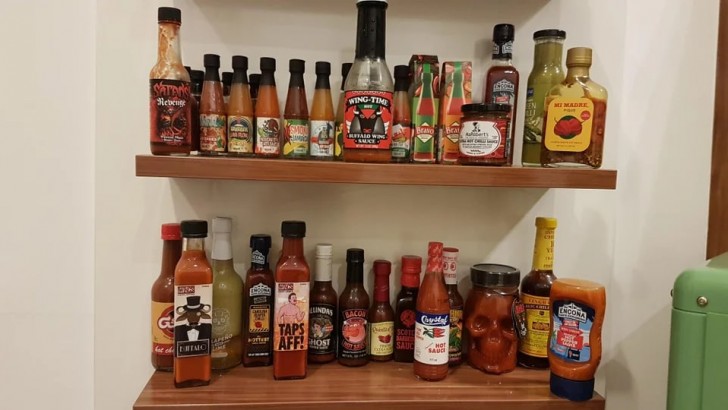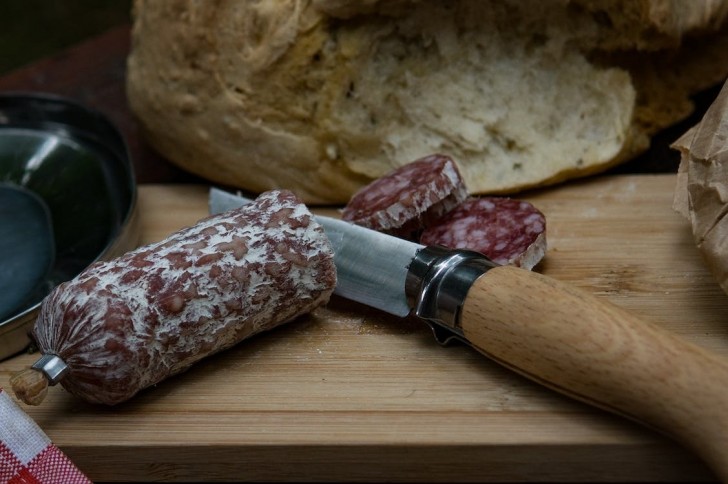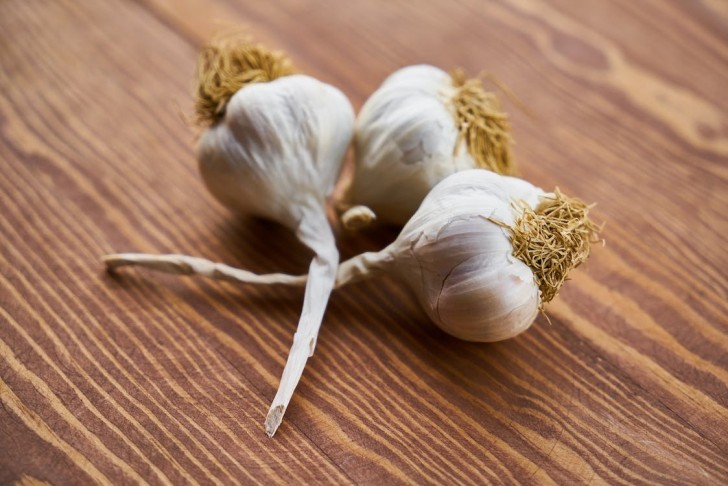5 foods that we often keep in the fridge but which we shouldn't

Having a refrigerator is a convenience that we take for granted, to the point that we don't always realize how useful and indispensable it is for our lifestyles. It helps us to preserve the food we consume, so as to avoid waste. But chilling food is not always advisable - at least, for some types of food,
Some foods, in fact, deteriorate or get damaged due to humidity and low temperatures. Read on to find out which foods are best stored at room temperature and not in the fridge:
Chocolate

Keeping the chocolate in the fridge spoils its appearance and texture and affects the flavor a bit. The fluctuations in temperature and humidity to which it is subject every time it is taken out of and put back in the refrigerator, cause the so-called flowering of sugar: the white film you see on refrigerated chocolate is evidence of this phenomenon.
It is best to keep chocolate in a cool, dry place.
Exotic fruit

In the case of so-called exotic fruit - such as bananas, mangoes and more - the cold and humidity changes their appearance and their consistency. It is best to put them in the fridge only as a last resort, i.e. when they are about to over-ripen and we want to make them last long enough to consume them in time.
Condiments

It is common to keep seasoning sauces and condiments, such as mayonnaise, ketchup, mustard and the like, out of the fridge whilst sealed, and then in the fridge when opened. For mayonnaise, this is fine, but for many other sauces it's not necessary: have you ever noticed that, in fact, in restaurants these sauces are left on the tables?
Salami

The question of refrigerating certain cured meats, must be considered on a case-by-case basis. But basically, if a salami is not already sliced, it should be kept at room temperature, in a place that is not too hot or humid. It is advisable to keep salami in cool, dry places, and if you put salami in the fridge, use the lower part of the compartment.
Garlic and onions

Garlic should always be kept at room temperature, in aerated containers. The same goes for onions which, however, once cut but not used, must be put in the fridge, inside hermetically sealed glass containers (avoid using tinfoil) and eaten soon.
By keeping these foods out of the fridge, we will have more space inside it for all the other things that must be stored in it!





